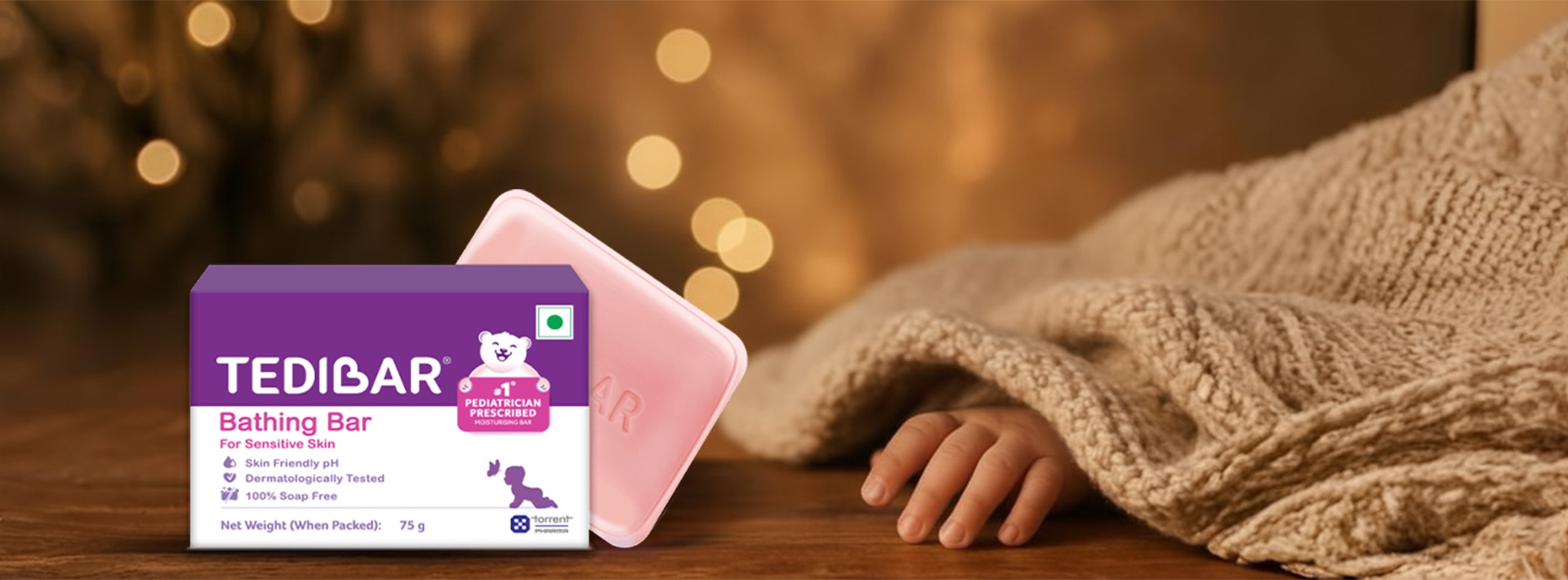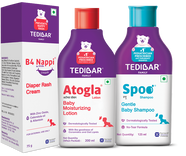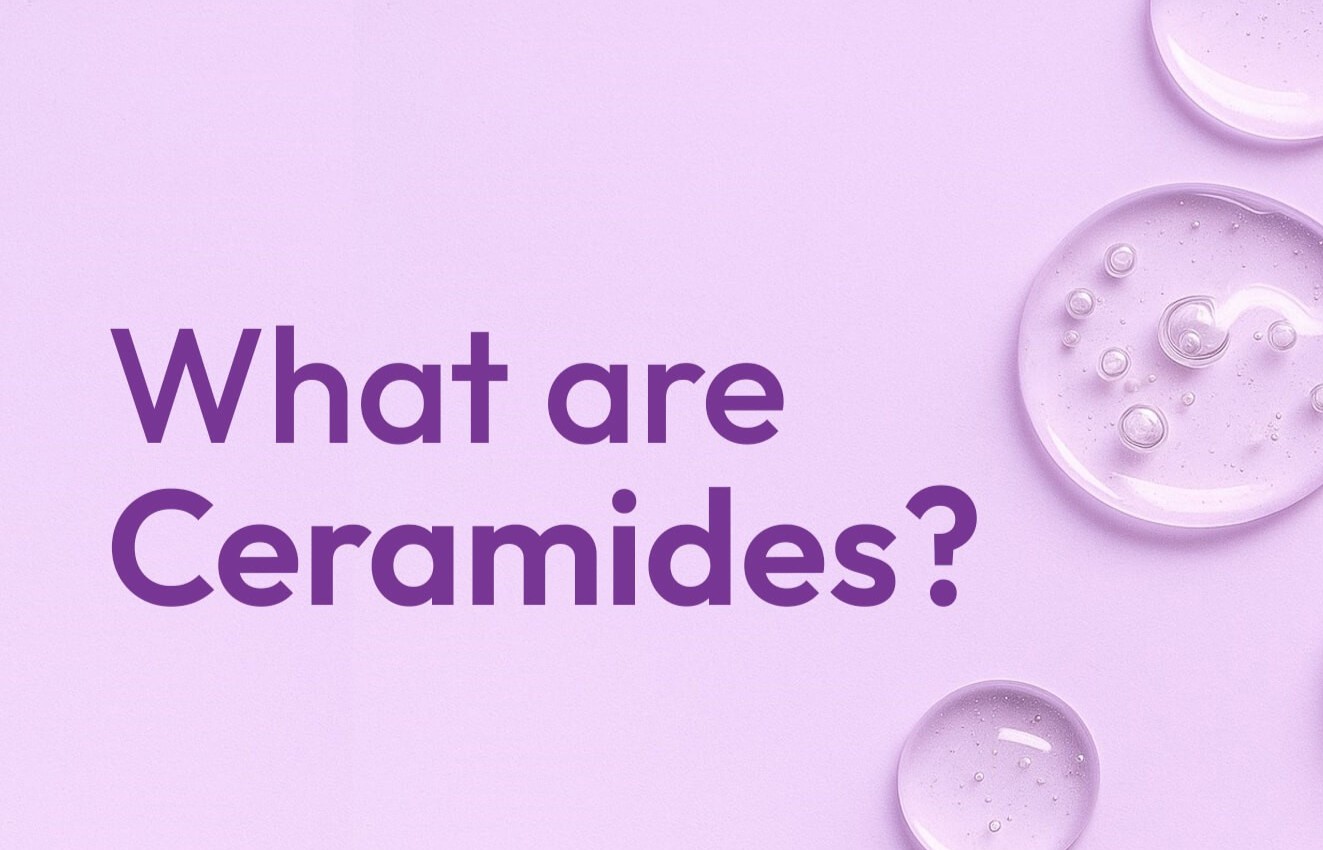

Why pH Matters More Than You Think in Baby Bathing Bars
2025-10-23 - Tedibar Bathing Bar
When choosing baby bathing bars, many parents tend to focus on ingredients, scent, or even packaging. But one crucial factor often goes unnoticed: pH. A product’s pH level can have a direct impact on your baby’s delicate skin.
As more parents become conscious of choosing the right skin care products for their children, understanding the role of pH in baby soaps can help.
What is pH and Why Does It Matter for Babies?
pH stands for “potential of hydrogen,” and it measures how acidic or alkaline a substance is on a scale of 0 to 14. A pH of 7 is considered neutral. Anything below 7 is acidic; anything above is alkaline.
At birth, a baby’s skin typically has a neutral pH (~7). But over the first few weeks of life, it naturally becomes more acidic, settling around pH 5 to 5.5 which is crucial for forming the protective skin barrier.
This acidic environment is essential because1,2:
- It supports the skin barrier, keeping moisture in
- It favours beneficial skin bacteria
- It regulates enzymes and lipid production, which are essential for overall skin health
The Role of pH in Baby Soaps and Bathing Bars
Most traditional soaps and cleansers have an alkaline pH of 9–10. These may clean well, but they are too harsh for delicate baby skin.
Hygiene with Balance
Baby skin’s acid mantle is easily disrupted by high-pH soaps. When stripped, it becomes more prone to infections, inflammation, and eczema flare-ups.
Preserve Moisture
Alkaline soaps increase transepidermal water loss (TEWL), leaving the skin dry, flaky, and vulnerable to external irritants. Maintaining an acidic pH helps skin stay soft and supple.
Prevent Irritation & Allergies
Irritated or eczema-prone skin often shows a higher-than-normal pH, which further weakens its defense. Using a pH-balanced bathing bar reduces the likelihood of inflammation and allergic reactions.3
How to Choose a Bathing Bar for Your Baby?
When selecting baby bathing bars or baby soap, keep these points in mind:
- Check the pH Label: Choose products clearly marked “skin-friendly pH.”
- Soap-Free Formula: Look for bars labelled 100% soap-free. Soap-based cleansers have a higher potential to irritate skin than cleansers with synthetic surfactants (syndets).
- Hydrating Additives: Look for added moisturizers to enhance hydration.
- Clinical Verification: Prefer dermatologist- or paediatrician-tested/prescribed products.
Why pH Is More Than Just a Label
It’s not just marketing - pH determines how a product performs on a scientific level:
- Skin pH supports overall skin barrier homeostasis
- Skin pH maintains the integrity of the skin’s superficial layer
- Skin pH helps preserve the balance of good skin bacteria
As skincare awareness grows and search trends for terms like skincare, baby soaps pH, and best skin care products rise, it’s clear that informed parents are looking beyond the label.
So next time you shop for baby bath products, think about considering a skin-friendly pH bathing bar.
References:
1.https://www.medicaljournals.se/acta/content/html/10.2340/00015555-1531
2.https://www.healthline.com/health/whats-so-important-about-skin-ph
3.https://pmc.ncbi.nlm.nih.gov/articles/PMC4593874/












